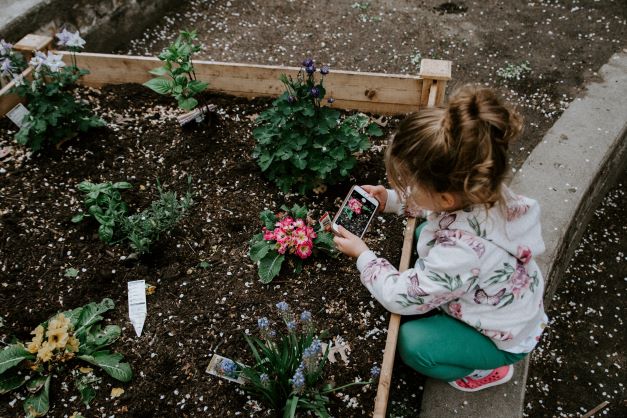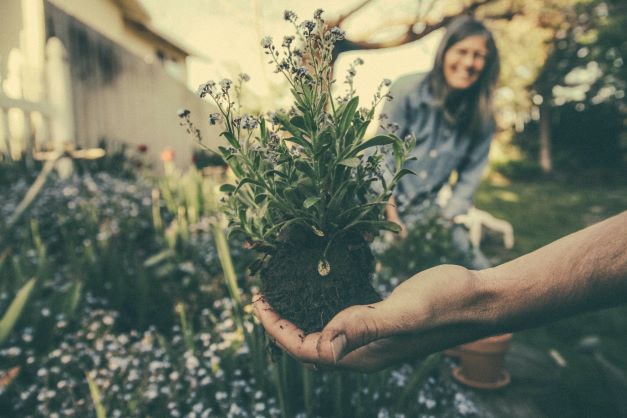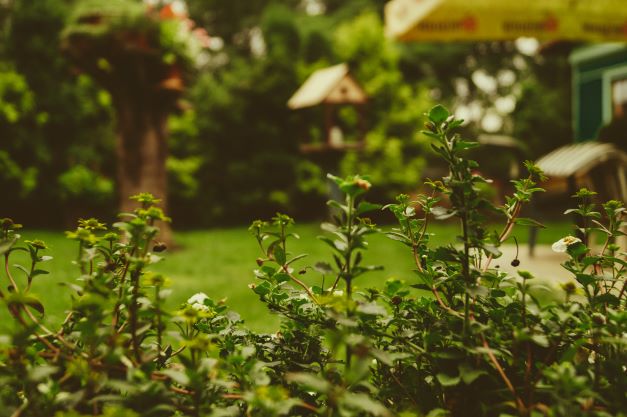Are you looking to enhance your family garden and create a beautiful outdoor space for relaxation and enjoyment? In this article, we will explore four effective ways to improve your garden and make it a haven for your family to spend quality time together.
Create a Welcoming Entrance
The entrance to your garden sets the tone for the rest of the space and is the first impression visitors will have. Consider adding a welcoming touch by installing a decorative gate or arbor at the entrance. You can also plant colorful flowers or hang a cheerful sign to greet guests as they enter. By creating a warm and inviting entrance, you will instantly elevate the look and feel of your garden.
Design a Functional Layout
When planning your family garden, it’s essential to consider the layout and how the space will be used. Think about creating different areas for relaxation, dining, and play. Incorporate comfortable seating areas, a dining table for al fresco meals, and a designated play area for children. By designing a functional layout that caters to the needs of your family, you can make the most of your outdoor space.
Add Personal Touches

To make your family garden truly special, consider adding personal touches that reflect your unique style and personality. Hang string lights for a cozy ambiance in the evenings, display potted plants or garden ornaments that hold sentimental value, and create a vegetable garden that your family can tend together. Adding personal touches to your garden will make it a place where memories are made and cherished for years to come.
Incorporate Sustainable Practices
To create a more sustainable garden environment, consider incorporating eco-friendly practices into your gardening routine. Use organic fertilizers and pesticides to promote healthy plant growth and reduce harm to the environment. Install a rain barrel to collect rainwater for watering your plants, and compost kitchen scraps to create nutrient-rich soil for your garden. By adopting sustainable practices, you can not only improve the health of your garden but also minimize your impact on the planet.

In conclusion, by following these four ways to improve your family garden, you can create a beautiful and functional outdoor space that your family will love. From creating a welcoming entrance to incorporating sustainable practices, there are many ways to enhance your garden and make it a place where you can relax, connect with nature, and spend quality time with your loved ones. Start implementing these ideas today and watch as your garden flourishes into a vibrant and inviting oasis for your family to enjoy.
